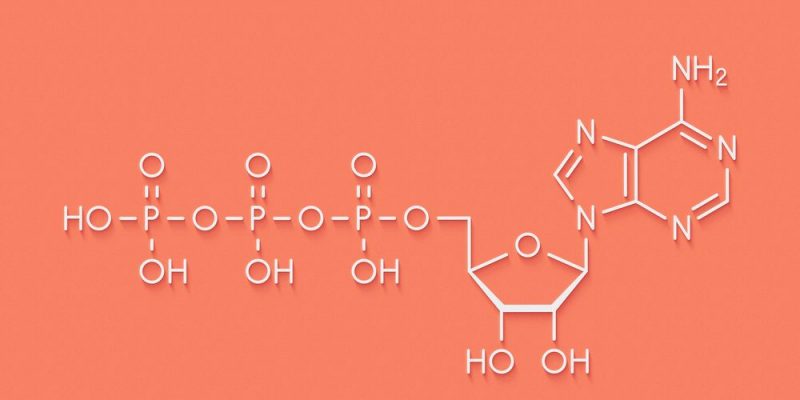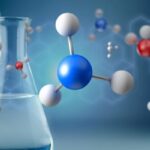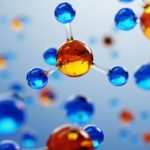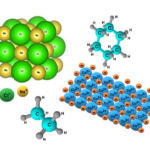We explain what ATP is, what are some of the functions it performs and the importance of this organic molecule.

What is ATP?
ATP (Adenosine Triphosphate or Adenosine Triphosphate) is an organic molecule of the nucleotide type. Nucleotides are organic molecules composed of a covalent bond between a nucleoside and a phosphate group (PO43-). Nucleosides, on the other hand, are organic molecules composed of a pentose sugar and a nitrogenous base.
Nitrogen bases are cyclic organic compounds that have two or more nitrogen atoms and make up DNA and RNA. On the other hand, Pentoses are simple sugars made up of five carbon atoms whose function is structural, in addition, they contain hydroxyl groups (OH–) and aldehydic groups (-CHO) or ketonic groups (R1(CO)R2).
Thus, the molecular structure of ATP is composed of a molecule of adenine (nitrogen base) linked to a carbon atom of a molecule of ribose (pentose), a sugar that in turn has three phosphate ions linked to another carbon atom. This structure responds to the molecular formula C10h16N5EITHER13Q3.
ATP is produced in both plant photorespiration and animal cellular respiration, and is the main source of energy for most known cellular processes and functions.
It is a compound that is very soluble in water and stable in aqueous solutions with pH ranges between 6.8 and 7.4. If the pH values are more extreme, it is hydrolyzed, releasing a large amount of energy.
For ATP to fulfill its biological functions, it must be linked to magnesium. In this sense, ATP It is found in cells forming a complex with the Mg ion2+. This is possible because ATP has four negatively charged groups.


This molecule It was discovered in 1929 by the German biochemist Karl Lohmann in Germany but at the same time, Cyrus H. Fiske and Yellapragada Subbarao discovered it in the United States. Years later, in 1941, its function as the main energy transfer molecule of the cell was discovered by Fritz Albert Lipmann.
See also: Lipid
Importance of ATP
ATP is a fundamental molecule for various vital processes, since it is the largest energy source for the synthesis of complex macromolecules such as DNA, RNA or proteins.
ATP provides the energy necessary to enable certain chemical reactions in the body. This is because it has phosphate bonds that store high energy. This energy is released through the hydrolysis process, breaking down ATP into ADP (Adenosine Diphosphate) and inorganic phosphate (P), and also releasing a large amount of energy.

On the other hand, ATP is key in the transport of macromolecules across the cell membrane. When transport occurs from the outside to the inside of the cell, the process is called endocytosis, and when it occurs from the inside to the outside of the cell it is called exocytosis.
In turn, ATP allows synaptic communication between neurons so its continuous synthesis from glucose obtained from food is required, and its continuous consumption by the various cellular systems of the body.
The ingestion of certain toxic elements (gases, poisons) that inhibit ATP's own processes usually cause death very quickly. For example: arsenic or cyanide.
Finally, ATP cannot be stored in its natural state but as part of larger compounds, such as glycogen, which can be converted into glucose, the oxidation of which produces ATP in animals. In the case of plants, starch is responsible for the energy reserve from which ATP is obtained.
Similarly, ATP can be stored in the form of animal fat, through the synthesis of fatty acids.
Continue with: Anabolism
References
- «Principles of Biochemistry» Lehninger. David. L. Nelson, Michael. M. Cox. 5ta Edition. Omega Publishing. ISBN: 9788428214865.





